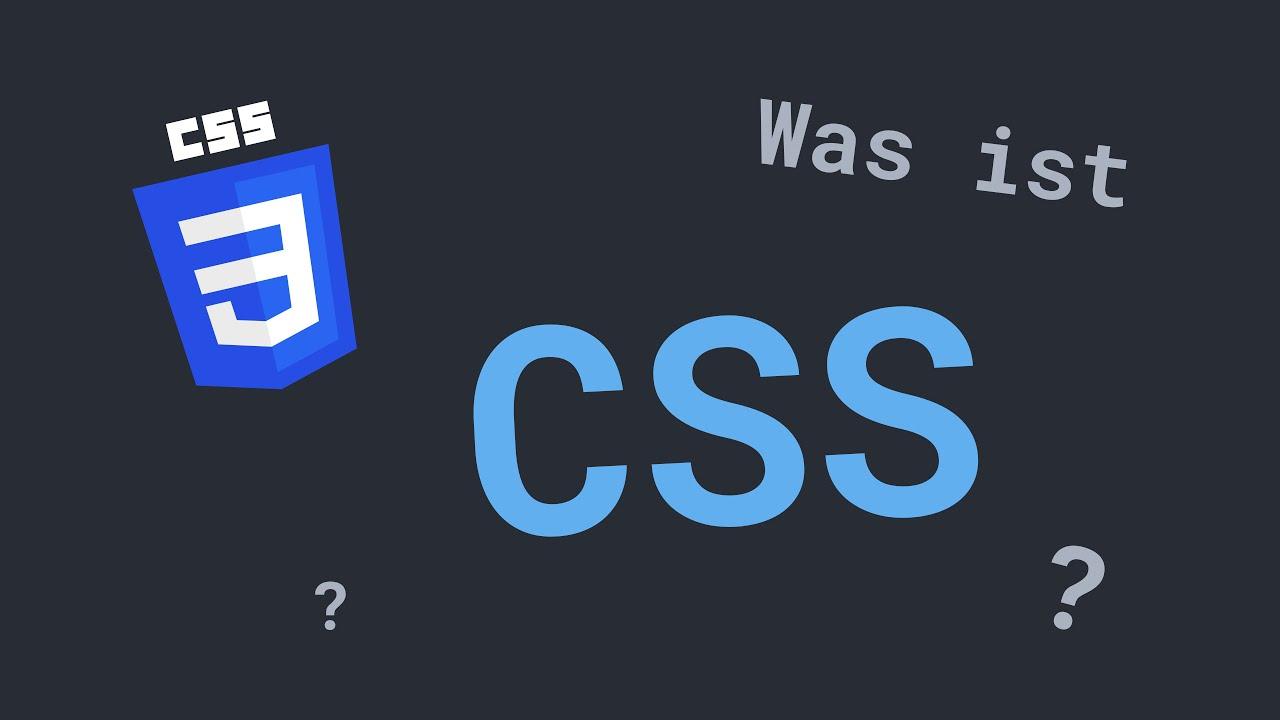Understanding CSS for Full Stack Developers
As a full stack developer, mastering multiple technologies is key to creating robust web applications. While backend languages like Node.js or Ruby on Rails may dominate your skill set, understanding Cascading Style Sheets (CSS) is equally vital. In this article, we’ll delve into the fundamentals of CSS, explore its importance in web development, and provide practical tips and case studies to enhance your skills. Whether you are coding a simple landing page or a complex web app, grasping CSS can elevate your projects significantly.
What is CSS?
CSS, which stands for Cascading Style Sheets, is a stylesheet language used to describe the presentation of a document written in HTML or XML. CSS manages the layout and appearance of web pages, allowing developers to define styles for everything from fonts and colors to spacing and positioning.
Why is CSS Important for Full Stack Developers?
Full stack developers need to have a comprehensive understanding of both front-end and back-end technologies. Here’s why CSS is essential:
- Visual Appeal: CSS allows you to create attractive user interfaces that engage users.
- Responsive Design: With CSS, you can ensure that your applications look great on any device, from smartphones to desktops.
- Separation of Concerns: CSS promotes cleaner code by separating presentation from content, simplifying maintenance and updates.
- Browser Compatibility: Well-written CSS ensures consistent presentation across different web browsers.
Core Concepts of CSS
Understanding the core concepts of CSS is essential for your development toolkit. Here are the main components:
Selectors
Selectors are patterns used to select elements you want to style. Some common selectors include:
- Element Selector: Selects all instances of a specific HTML element (e.g.,
p,h1). - Class Selector: Selects all elements with a specific class attribute (e.g.,
.className). - ID Selector: Selects a single element with a specific ID (e.g.,
#idName).
Properties and Values
CSS properties define the styles that you want to apply, such as color, font-size, and margin. Each property is followed by a value:
p {
color: blue;
font-size: 16px;
}Box Model
The CSS box model describes the rectangular boxes generated for elements in the document tree. Each box consists of:
- Content: The actual content of the box (text, images).
- Padding: Space between the content and the border.
- Border: A border that surrounds the padding.
- Margin: Space outside the border that separates the element from others.
Benefits of Learning CSS
Learning CSS has a multitude of benefits for developers:
- Enhanced Career Opportunities: Knowledge of CSS makes you a more attractive candidate for many job postings.
- Higher Productivity: Understanding CSS allows you to quickly implement design changes, improving workflow.
- Creative Freedom: CSS empowers you to create unique designs, enhancing the user experience.
Practical Tips for Full Stack Developers
As a full stack developer, here are some practical tips to better integrate CSS into your workflow:
1. Understand the CSS Reset
Using a CSS reset helps ensure that all browsers render all elements more consistently. Consider using a reset stylesheet like Normalize.css.
2. Follow the DRY Principle
Don’t Repeat Yourself (DRY) applies to CSS too. Reuse CSS classes and avoid inline styles.
3. Organize Your Styles
Keep your CSS organized by grouping similar styles together, using comments, and following a naming convention like BEM (Block Element Modifier).
4. Use Flexbox and Grid
Learn and utilize CSS Flexbox and Grid layout systems for creating responsive layouts efficiently.
Case Studies: Successful Implementations of CSS
Let’s explore some successful case studies of companies that effectively used CSS to enhance their web applications:
| Company | Technique Used | Result |
|---|---|---|
| Airbnb | Responsive Design | Improved user engagement and higher bookings. |
| Spotify | Animations | Enhanced user experience, leading to increased retention. |
| GitHub | Dark Mode | Increased usability and satisfaction among users. |
First-Hand Experience: My Journey with CSS
As a developer who initially focused heavily on backend technologies, I had to navigate the world of CSS to bring my web applications to life. My journey began with understanding basic selectors and properties, which quickly evolved into creating fully responsive layouts using Flexbox and Grid. My first major project involved redesigning a client’s website with a mobile-first approach. By employing best practices in CSS, I was able to create an aesthetically pleasing site that not only matched the client’s vision but also improved page load speed significantly.
Conclusion
For full stack developers, CSS is not just a secondary skill; it is a foundational technology that can make or break a web application. Mastering CSS equips you with vital tools for creating visually appealing and user-friendly interfaces, enhancing your overall development expertise. By understanding core concepts, implementing best practices, and drawing inspiration from successful case studies, you can confidently elevate your skills and deliver stunning web applications. Dive into CSS today and watch your web development capabilities flourish!









